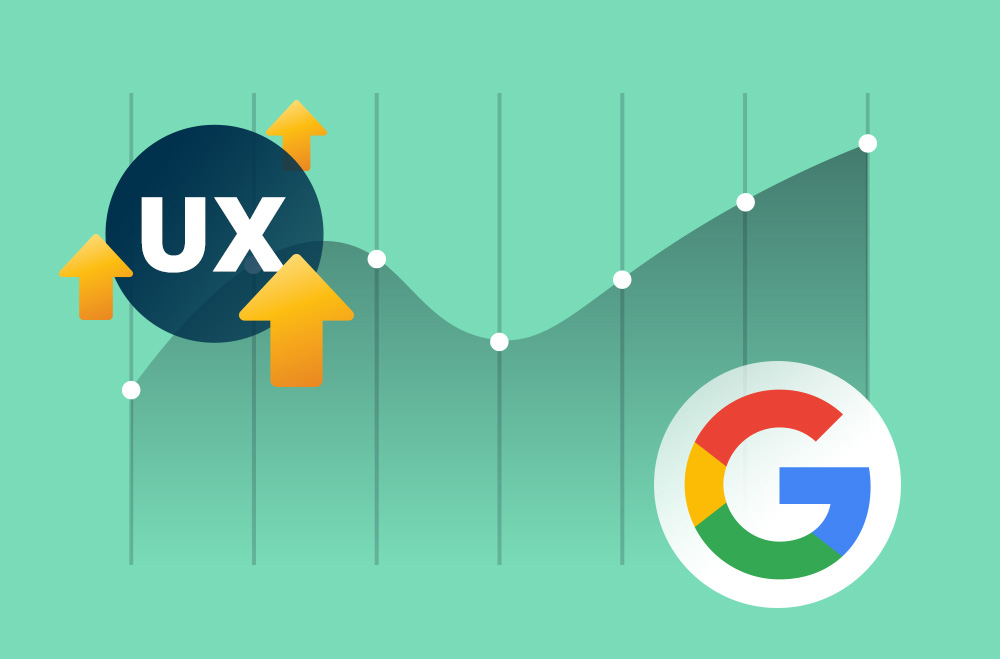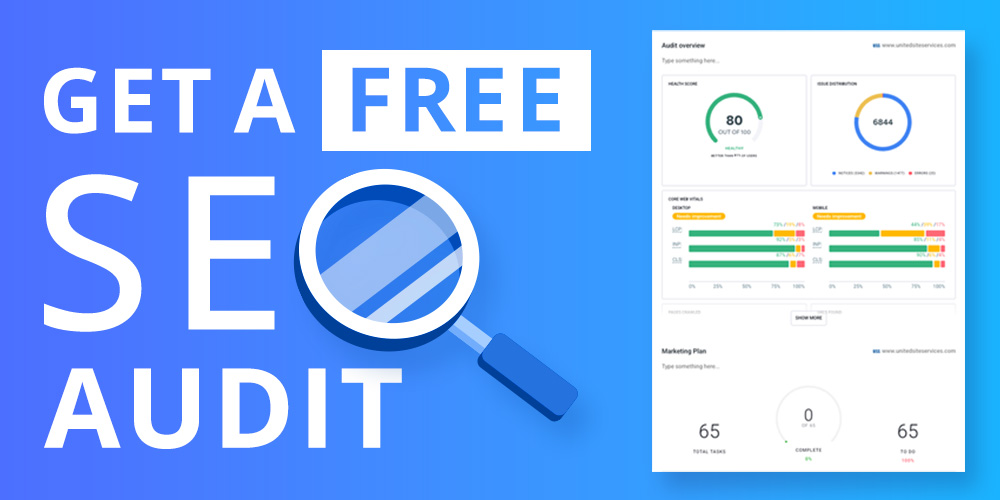


In 2025, Core Web Vitals will continue to be a significant factor in the Google ranking algorithm and user experience (UX). Google introduced these performance metrics to measure a website's loading and interactivity speed. As search algorithms are continuously updated, business websites, notably WooCommerce Store and WP websites, must comply with the most recent Core Web Vitals standards.
This guide will explore Core Web Vitals in 2025, explain their significance, and provide guidance on optimizing your site so you don’t hit the wall.

Core Web Vitals are a set of essential performance metrics developed by Google to evaluate real-world user experience on a webpage. These metrics are focused on loading speed, interactivity, and visual stability, three factors that influence how users perceive a website’s responsiveness and usability. In 2025, Core Web Vitals will remain one of the most critical ranking factors in Google’s algorithm. WooCommerce and WordPress website owners must monitor and optimize these vitals to improve SEO performance, reduce bounce rates, and increase conversions.
Understanding these vitals helps businesses provide a faster and more seamless digital experience. Whether it's the time it takes for meaningful content to appear, how fast the site reacts to user actions, or how steady elements remain during the loading process, all three metrics offer actionable insights. When optimized properly, Core Web Vitals contribute to higher customer satisfaction and better ranking outcomes.
Since their introduction in 2021, Core Web Vitals have been officially recognized as ranking signals in Google’s algorithm. In 2025, this importance has only increased. Google continues to refine how it measures real user experience, and Core Web Vitals now serve as a vital baseline. Websites that meet or exceed Google's performance thresholds are likelier to appear at the top of search engine results pages (SERPs), while those with poor scores risk being pushed down.
This ranking factor is especially critical for WooCommerce and WordPress site owners, where competition is high, and SEO performance can directly impact revenue. Optimizing for Core Web Vitals improves your position on Google and demonstrates that your site is built for speed, stability, and responsiveness, key qualities that today’s users expect.
Why this matters:
In 2025, user experience is no longer just a design concern, it’s a direct revenue driver. If your website loads slowly, lags when interacting, or shifts unexpectedly during navigation, users will likely abandon the session. Modern consumers expect instant gratification, and even slight delays can significantly reduce engagement and trust. A poor experience is especially damaging for WooCommerce stores, where milliseconds can mean the difference between a sale and a bounce.
Numerous studies confirm that seamless UX is essential for conversion. Fast, interactive, and visually stable websites not only improve satisfaction but also increase the chances of a completed purchase, repeat visits, and positive word-of-mouth. Investing in Core Web Vitals is not only about SEO, it’s about maximizing your site's ability to convert interest into revenue.
Why UX Impacts Conversions:
Mobile-first indexing means that Google primarily uses the mobile version of your site for indexing and ranking. In 2025, this shift has become non-negotiable. With mobile traffic now accounting for the majority of internet usage, businesses can no longer afford to treat mobile optimization as secondary. Your site must be fast, responsive, and stable across all screen sizes to meet both user expectations and Google’s algorithmic benchmarks.
As users increasingly rely on smartphones for shopping, booking, and research, performance expectations have grown. A slow-loading or poorly structured mobile experience not only hurts your SEO but also frustrates potential customers. For WooCommerce stores in particular, this can mean abandoned carts and lost sales. Ensuring a mobile-optimized site is critical for maintaining search visibility and capturing mobile-driven revenue.
Why Mobile Optimization Matters in 2025:
As e-commerce continues to evolve in 2025, user expectations around performance and inclusivity are rising sharply. Customers now expect lightning-fast page loads, seamless navigation, and a responsive experience across all devices. Just as important, legal and ethical standards around accessibility have tightened. The Americans with Disabilities Act (ADA) and other global regulations now require websites to be usable by individuals with disabilities, including those with visual, hearing, cognitive, or motor impairments.
Failing to meet these standards not only hurts your SEO and user experience, it can also result in legal action. For WooCommerce and WordPress site owners, compliance is no longer optional. By building a site that is fast, stable, and accessible, you create a positive experience for all users while protecting your business from risk.
Why This Matters in 2025:
Improving your LCP score means delivering critical content to users faster, which boosts engagement and lowers bounce rates. Since LCP tracks the time it takes for the largest visible element to fully load, it’s vital for first impressions, especially for mobile users who may be on slower networks.
To improve LCP in 2025, WooCommerce and WordPress site owners should focus on reducing server response time and optimizing above-the-fold content. Faster LCP directly contributes to a smoother UX and stronger SEO rankings.
How to Improve LCP:
Interaction to Next Paint (INP) is a key 2025 metric for measuring how quickly a webpage responds after a user interacts with it. Unlike its predecessor, FID, INP evaluates the full range of interactions across a session, offering a more realistic reflection of site responsiveness. For WooCommerce sites, this can directly impact user satisfaction during actions like adding items to the cart or clicking checkout.
To improve INP, it’s crucial to optimize JavaScript execution, minimize input delays, and prioritize critical UI tasks. Sites that respond quickly make visitors feel in control, boosting trust, engagement, and conversion rates. Poor INP scores often result in frustrated users who abandon the experience entirely.
How to Improve INP:
Cumulative Layout Shift (CLS) measures how often visible elements on your page unexpectedly move during loading. These shifts often happen when images, ads, or dynamic content load without reserved space, disrupting the user experience and causing accidental clicks or confusion. A low CLS score indicates a visually stable layout, something every visitor expects, especially when engaging with WooCommerce checkout pages or call-to-action buttons.
In 2025, Google continues to penalize websites with poor CLS scores, as layout instability can frustrate users and drive them away. Optimizing for CLS involves proactive layout planning and efficient use of CSS. By maintaining a consistent visual experience, your site appears more polished, reliable, and user-friendly.
How to Reduce CLS:
Even with a strong understanding of Core Web Vitals, many website owners fall into common traps that hurt their performance. Overlooking seemingly minor issues, like plugin overload or mobile responsiveness, can significantly impact user experience and search rankings. Staying ahead in 2025 means avoiding outdated practices and proactively optimizing your site.
It’s not just about speed, it’s about building an ecosystem that’s responsive, accessible, and efficient across every touchpoint. By identifying these mistakes early, WooCommerce and WordPress site owners can avoid costly downtime, ranking penalties, and frustrated users.
Top Mistakes to Watch Out For:
Track real-time Core Web Vitals directly from Google.
Site Kit is Google’s official plugin that brings together PageSpeed Insights, Search Console, and Analytics into one dashboard. It enables WordPress users to track Core Web Vitals and performance data without writing any code.
Features:
Automated optimization with built-in CDN and lazy loading.
NitroPack is an all-in-one performance solution that automates speed enhancements across caching, minification, image optimization, and CDN delivery. It’s designed to improve all aspects of Core Web Vitals with minimal user input.
Features:
Premium caching plugin with Core Web Vitals optimization.
WP Rocket is a powerful all-in-one performance plugin that enhances site speed and user experience. By addressing critical issues like render-blocking resources and unoptimized scripts, it improves both LCP and INP scores with minimal configuration.
Features:
Lightweight and highly customizable performance plugin.
Perfmatters is designed to help site owners fine-tune their WordPress performance by disabling unnecessary features and optimizing scripts. It’s particularly effective in reducing INP by delaying JavaScript execution and improving initial interactivity.
Features:
Focused on reducing layout shifts and improving rendering.
FlyingPress helps boost Core Web Vitals scores, especially LCP and CLS, by optimizing how fonts, scripts, and images are delivered and rendered. It improves perceived speed and layout stability, making your site feel faster and smoother across all devices.
Features:
At Bright Vessel, we go beyond simple performance tweaks we deliver comprehensive optimization strategies tailored to your website’s unique infrastructure. Whether you're running a WooCommerce storefront or a WordPress business site, we help you meet and maintain Google’s Core Web Vitals standards through expert development, design refinement, and hosting services. Our team understands how to fine-tune backend and frontend performance to deliver lightning-fast page loads, stable layouts, and seamless interactivity.
In 2025, Core Web Vitals are not optional; they are essential to your website’s visibility, user trust, and sales performance. Bright Vessel helps future-proof your digital presence with scalable solutions that prioritize performance and accessibility. We provide continuous monitoring, proactive support, and long-term strategies that improve rankings and retain users at every stage of the customer journey.
What Bright Vessel Provides:
In today’s digital landscape, performance is no longer a luxury; it’s a requirement. Core Web Vitals directly influence how your site ranks on Google, how fast it loads for users, and how effective it is at turning visits into conversions. If you ignore these metrics, your site won’t just fall behind competitors, it may disappear from search altogether.
Optimizing your WooCommerce or WordPress site for Core Web Vitals means making smart choices about design, code, and hosting. By addressing issues now, you can future-proof your online presence, boost sales, and provide every visitor with a fast, seamless experience.
Here’s what’s at stake if you delay:
At Bright Vessel, we’re ready to help you eliminate performance bottlenecks and meet Google’s 2025 standards. Whether you're a solo entrepreneur or managing a full e-commerce operation, our audits and services give you a competitive edge.

"*" indicates required fields

"*" indicates required fields

"*" indicates required fields